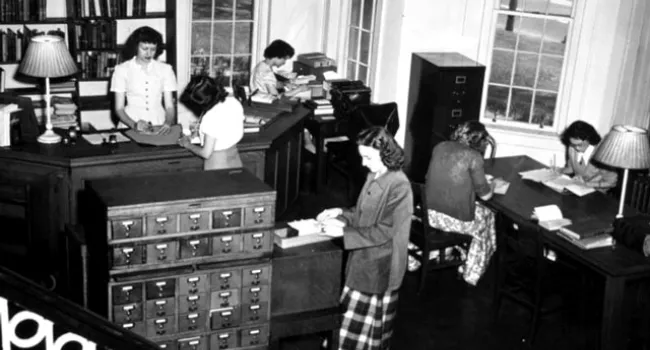
Photo
The interior of the Mary C. Judson Library at Greenville Woman's College, around 1950. From the Baptist Historical Collection. Courtesy of the Furman University Archives Special Collections Department...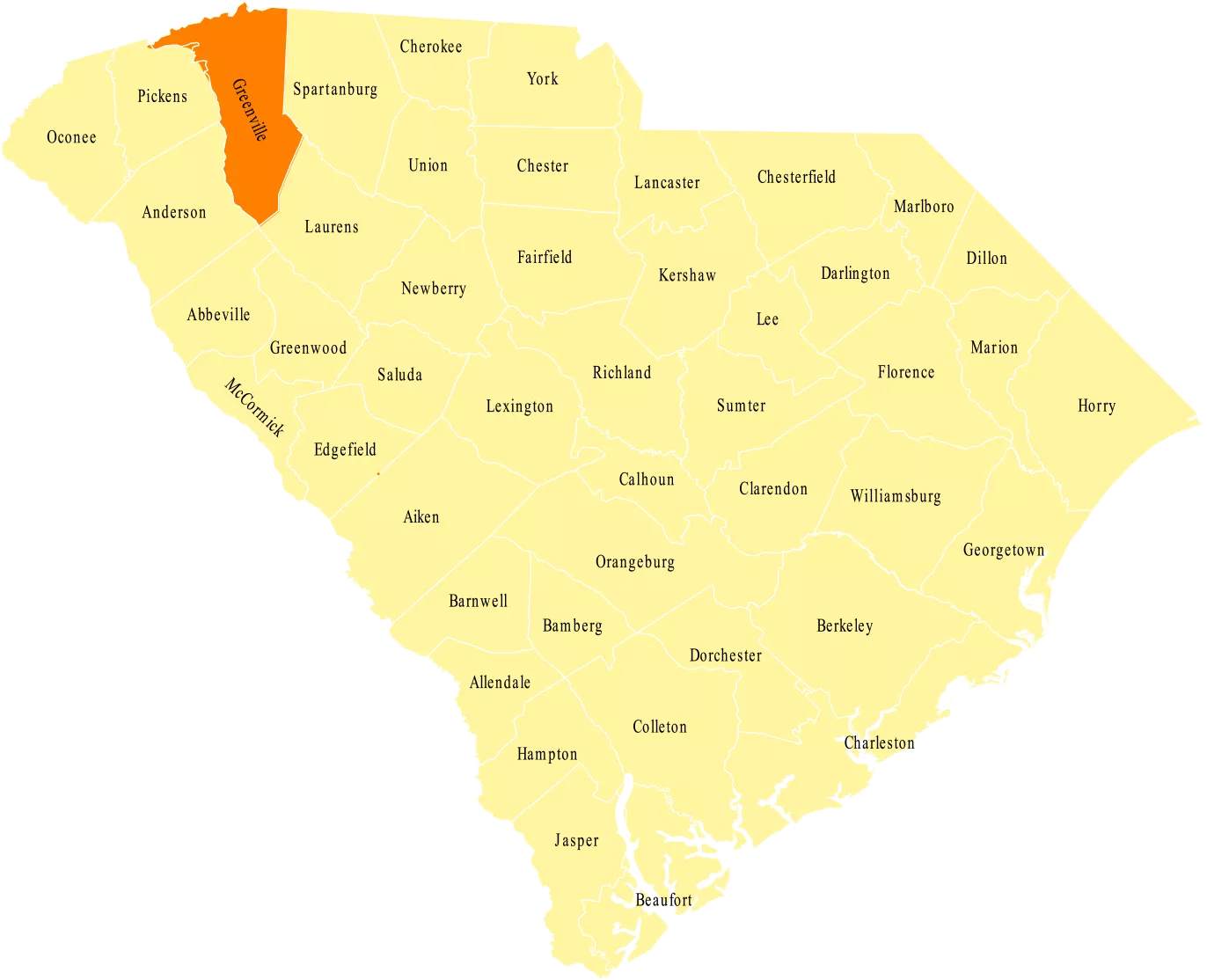
Greenville County, South Carolina’s most populous county, lies in the Upstate. Two popular opinions exist on the origin of the name of Greenville County and its county seat: Revolutionary War general Nathanael Greene or area local Isaac Green.
Cherokee Indians lived in the area first, but they eventually gave up control of the land to South Carolina in a 1777 treaty. After the signing of this treaty, a fair number of Scotch-Irish and English settlers came to the region. Soon after, in 1786, Greenville District was founded. However, this district existed within the Washington District from 1791 to 1800.
Although historically a vacation area for coastal South Carolina planters, the county’s rivers powered the majority of the county’s early economy. The river gave rise to iron works, cotton mills, and Greenville’s textile industry. From the Reconstruction Era until the late 20th century, the textile industry defined Greenville County’s economy, at one point so much so that the county earned the title of “Textile Capital of the World.”
Modern Greenville County’s economy has transitioned away from textiles. Over the last few decades the county has been the answer for many corporations wondering where to relocate. Greenville County’s economy now centers around technology, manufacturing, engineering, and business.
History of Greenville County. Accessed June 03, 2016.
http://www.greenvillecounty.org/
South Carolina Counties by Population. Accessed June 08, 2016.
ttp://www.southcarolina-demographics.com/counties_by_population

Photo
The interior of the Mary C. Judson Library at Greenville Woman's College, around 1950. From the Baptist Historical Collection. Courtesy of the Furman University Archives Special Collections Department...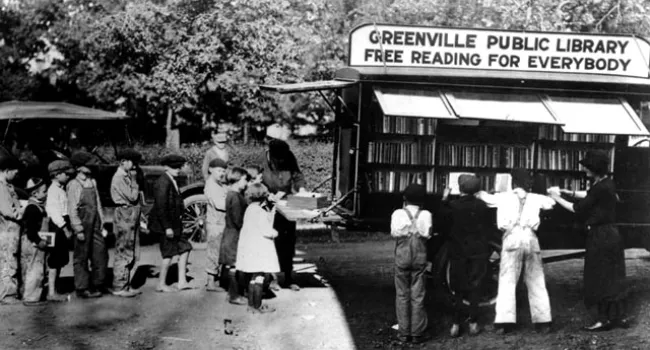
Photo
The Greenville County Library operated a bookmobile in the 1920s that was used by both African-American and white students. Courtesy of the National Records and Archives Administration.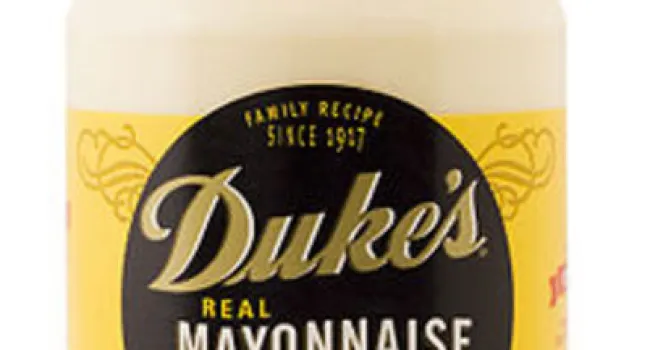
Audio
“D” is for Duke’s Mayonnaise. Duke’s Mayonnaise is one of the South’s favorite condiments. Around 1917, Eugenia Duke mixed her first batch of mayonnaise in her Greenville home. Unlike similar...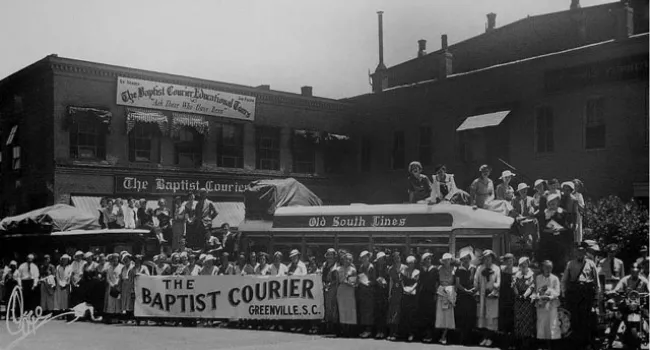
Photo
The staff of the "Baptist Courier" in front of their office in the 1930s. Courtesy of Furman University.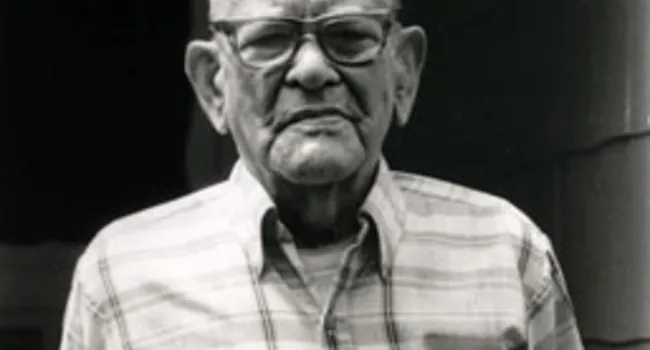
Audio
People who worked in the textile mills played in bands that would perform at events and competitions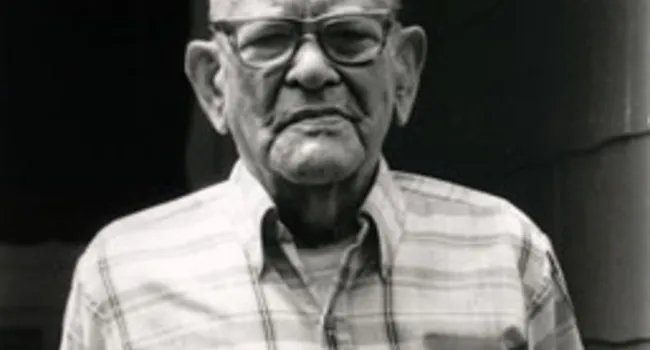
Audio
Mill bands were the brass bands of the day and were later replaced by high school bands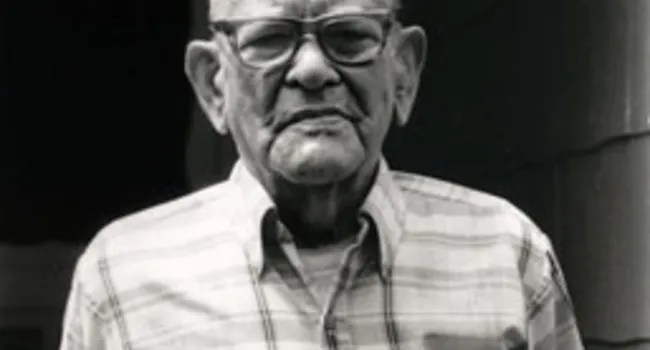
Audio
Waldrop talks about how brass bands came to play for square dances. Bands usually consisted of a fiddler, saxophone, trumpet, and trombones.
Photo
An aerial view of the new Furman campus, 1959. In the summer of 1958, Furman moved to this new campus six miles north of town. Courtesy of the South Caroliniana Library.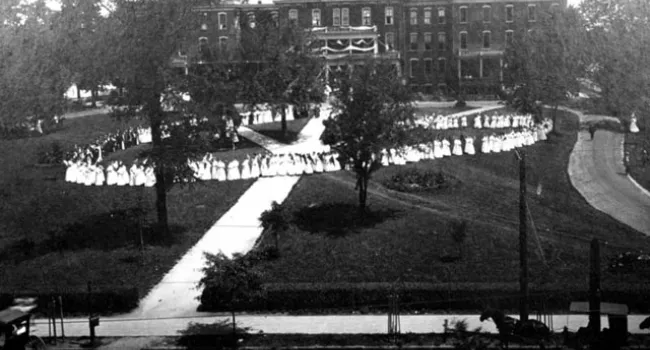
Photo
Greenville Women's College, photographed on May 15th, 1908. Established in 1854 by the South Carolina Baptist Convention, Greenville Baptist Female College opened in February 1856, on this site...
Photo
A card advertising "The Greenville Baptist Female College," issued by Professor C.H. Judson (see Charles Hallette Judson), December 23, 1863, announced that, "during the suspension of the Furman...